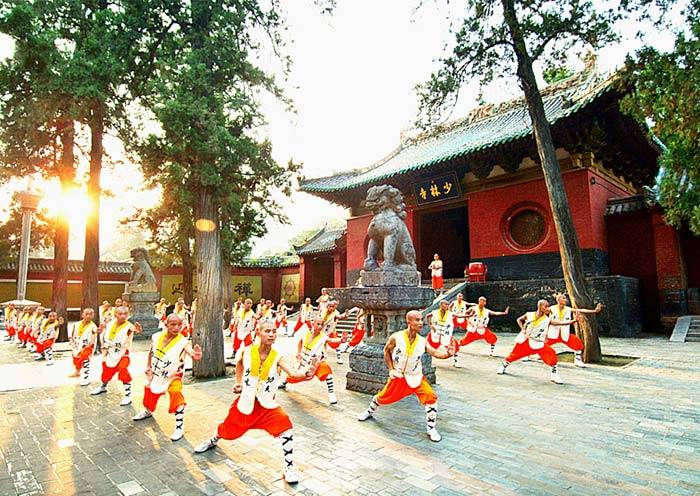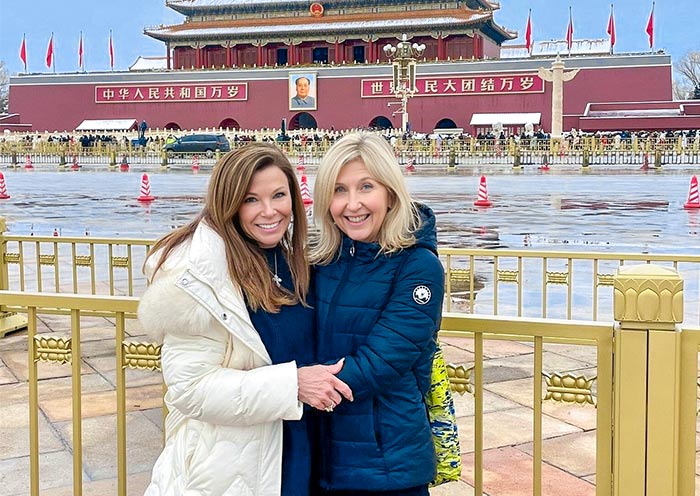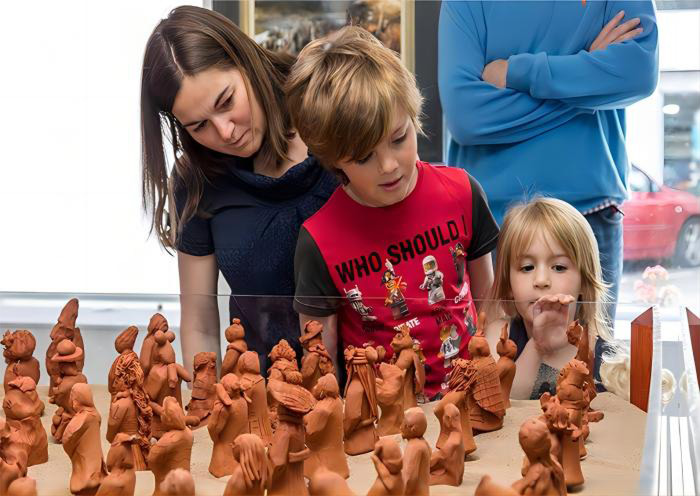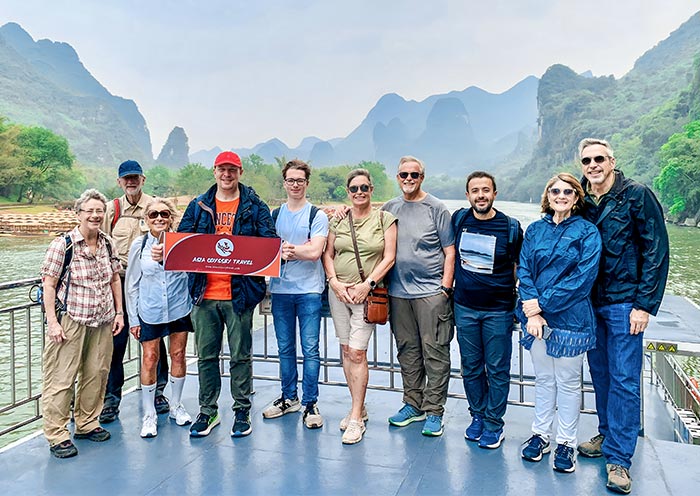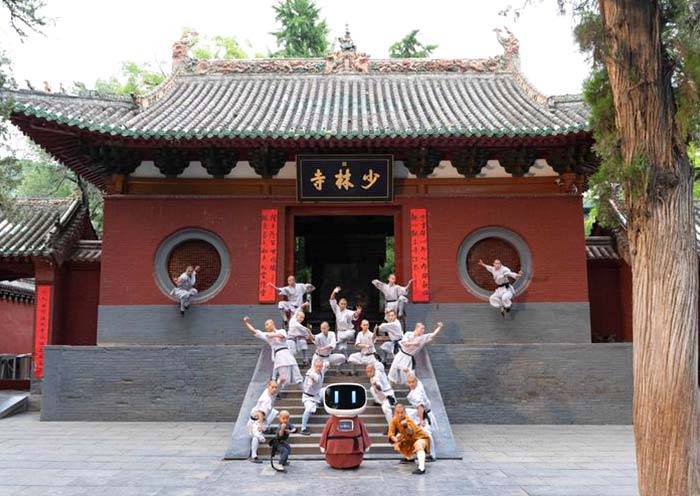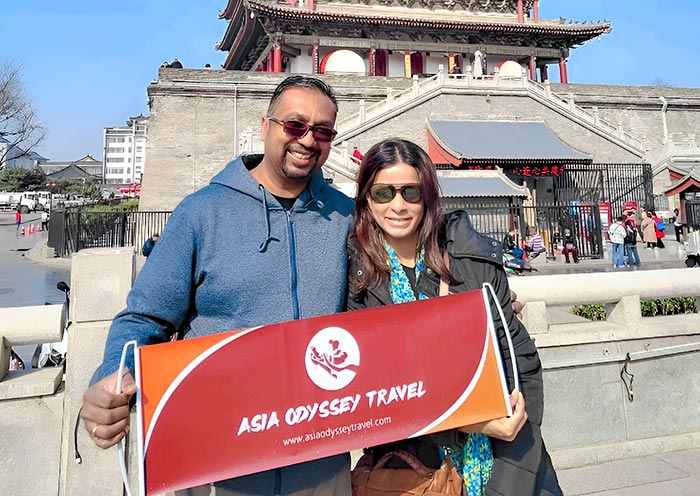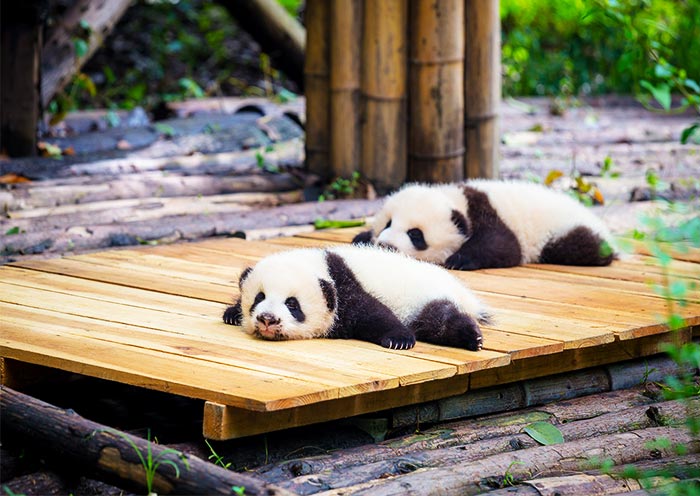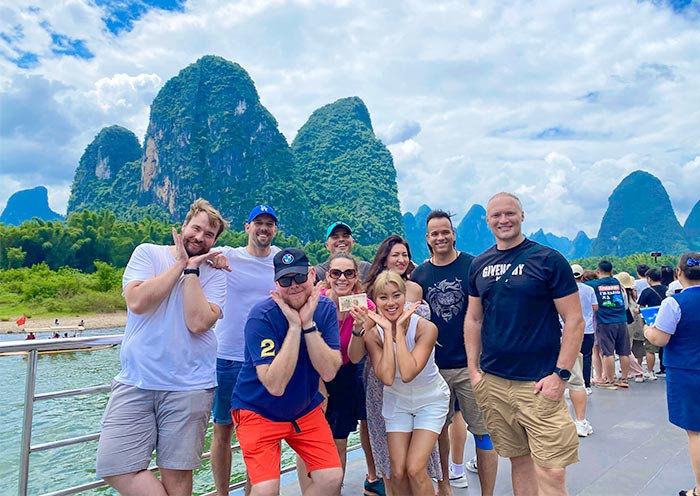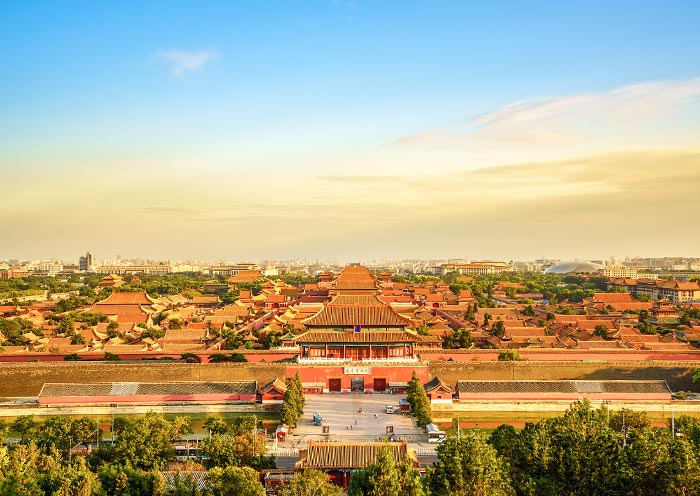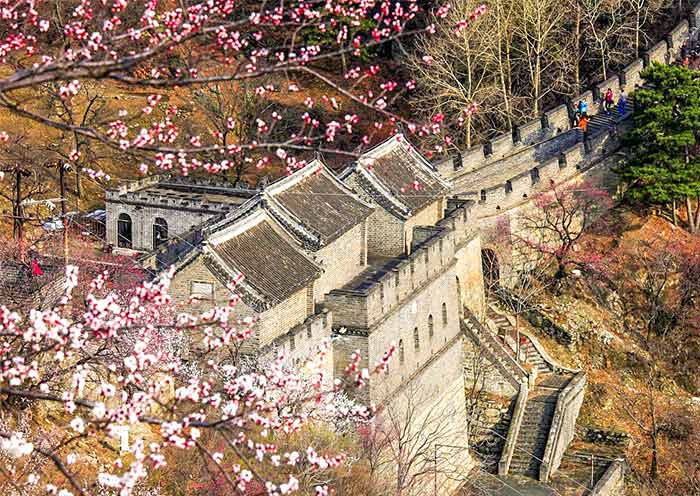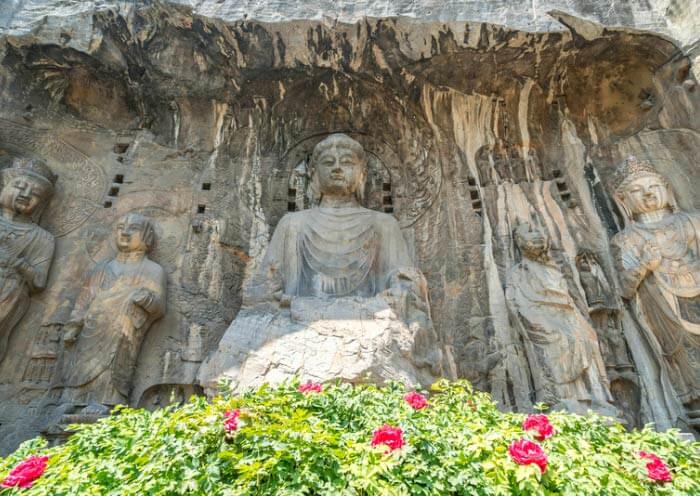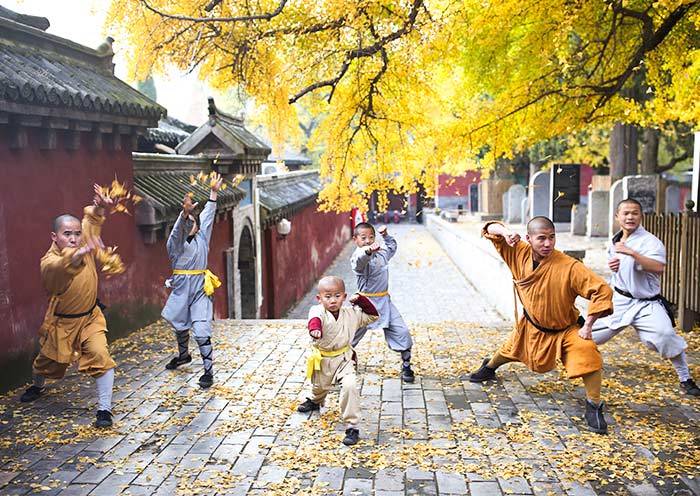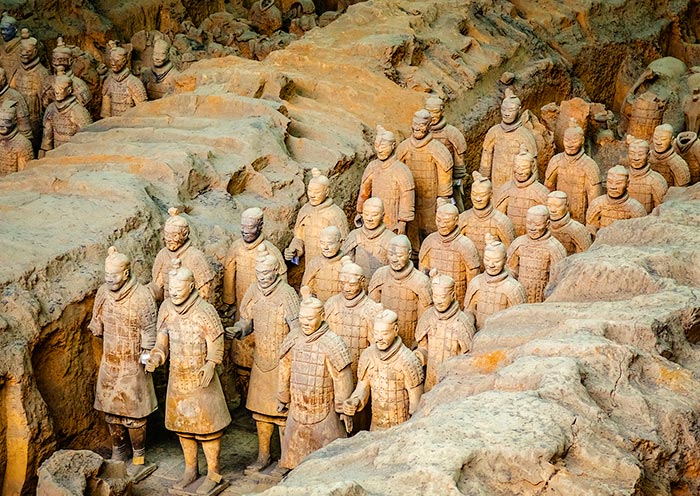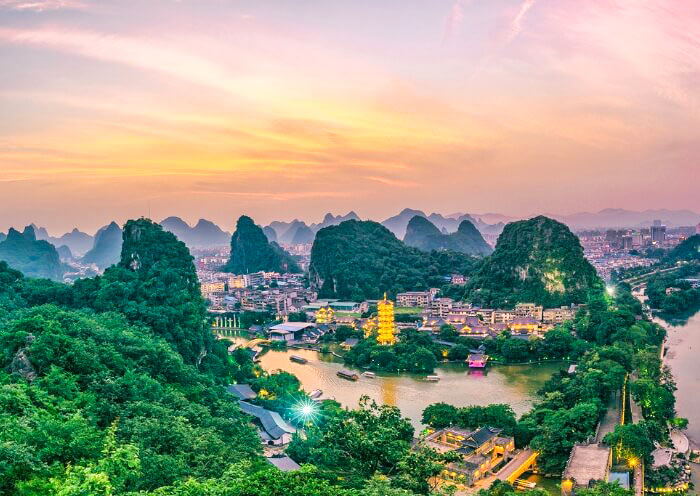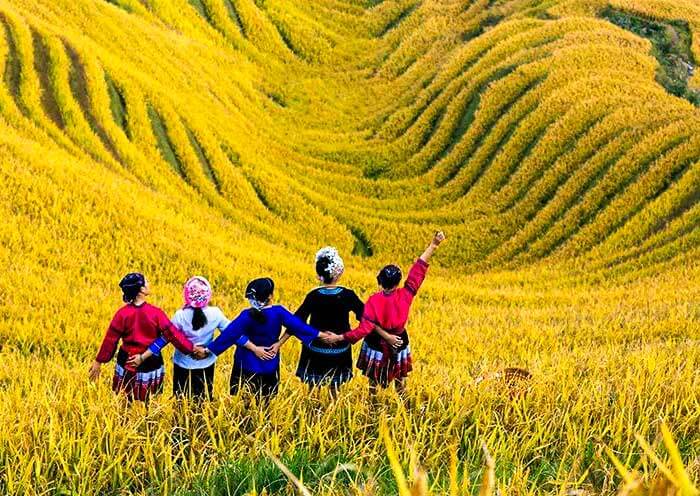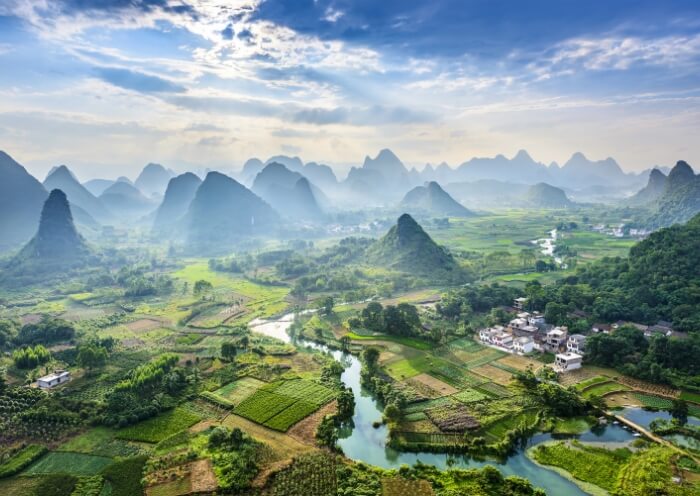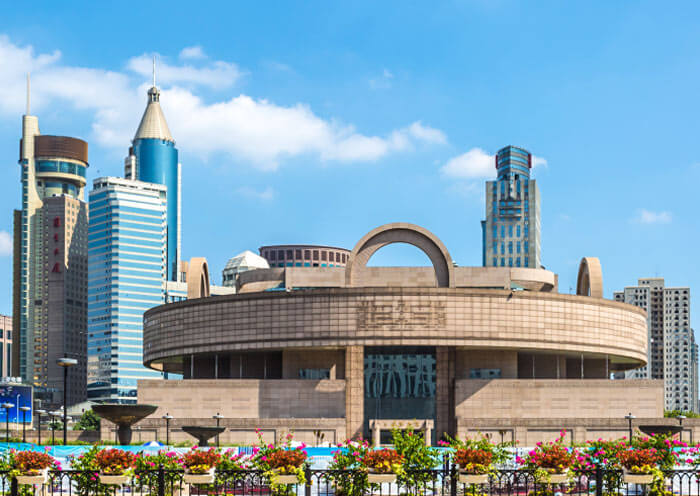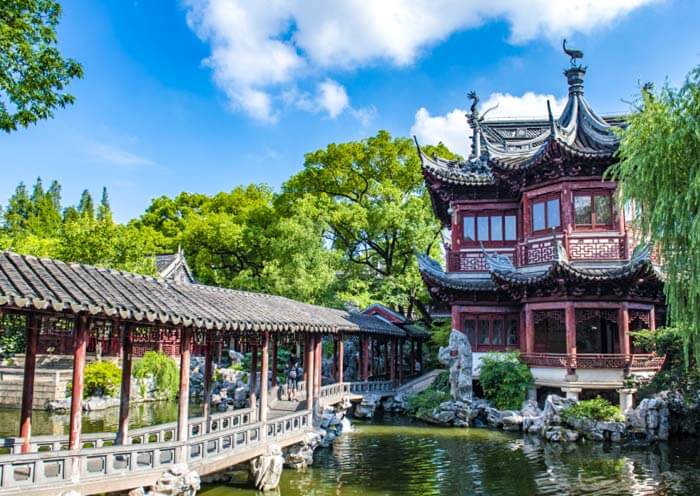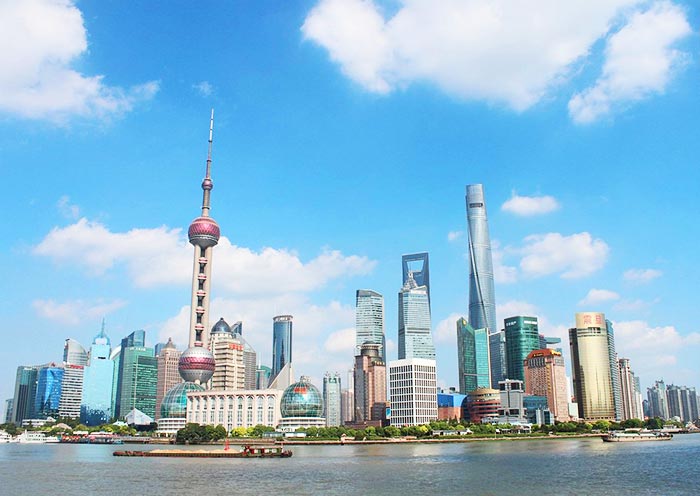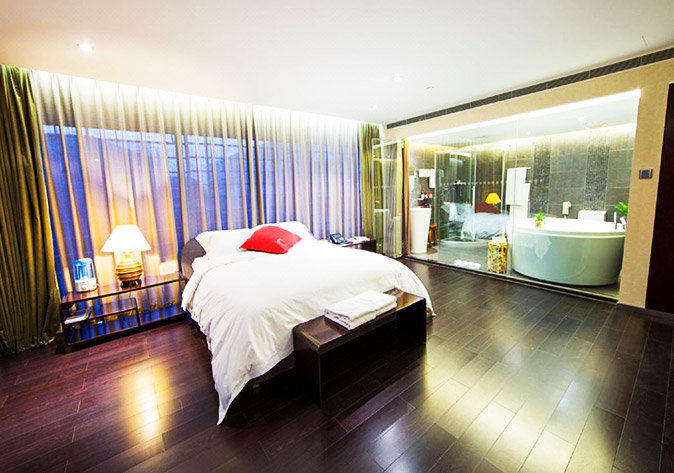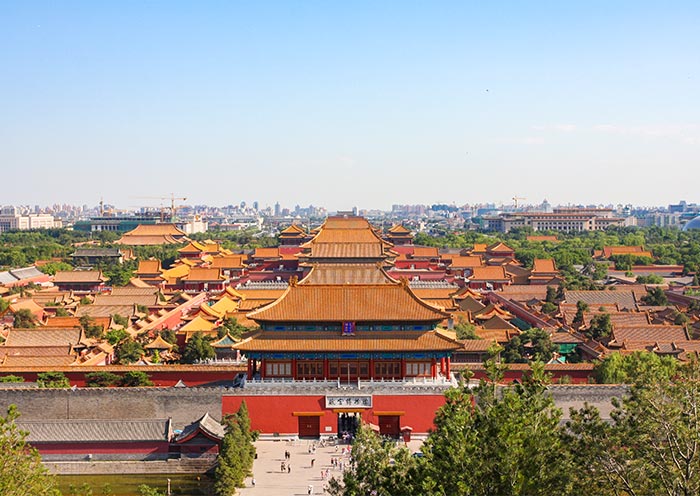After breakfast, our experienced guide will lead you to the Longmen Grottoes (龙门石窟), located south of Luoyang city. Recognized as the most outstanding of China's Four Great Grottoes, Longmen Grottoes house the largest and most remarkable collection of Chinese art from the late Northern Wei and Tang Dynasties (316–907). This UNESCO World Heritage Site, inscribed in 2000, consists of over 2,300 caves and niches carved into steep limestone cliffs spanning a 1 km stretch. Inside, you will discover nearly 110,000 Buddhist stone statues, over 60 stupas, and 2,800 inscriptions carved on steles. These masterpieces, entirely dedicated to Buddhism, represent the pinnacle of Chinese stone carving.
Longmen Grottoes is divided into the Western Hill Grottoes and the Eastern Hill Grottoes, with the Western Hill being the highlight. The most iconic grotto is the Fengxian Temple (奉先寺), dominated by the colossal Vairocana Buddha at its center (17.14 meters tall). This statue, believed to represent Empress Wu Zetian, exudes elegance with its serene smile, earning it the title of the "Eastern Mona Lisa". Flanking the Buddha are four pairs of figures: disciples, Bodhisattvas, heavenly kings, and warriors. You will also explore Wanfo Cave (万佛洞), named for its 15,000 small Buddha statues intricately carved into its walls, with the smallest being only 2 cm tall. This cave, completed in 680 AD during the Tang Dynasty, is the most complete in terms of statue combinations. Don’t miss the Three Bingyang Caves (宾阳三洞), excavated during the Northern Wei Dynasty and commissioned by Emperor Xiaowen to honor his father. Another highlight is Yaofangdong Cave (药方洞), which features 140 inscriptions detailing treatments for various diseases. Finally, visit Guyang Cave (古阳洞) for an awe-inspiring experience.
Recommended Visiting Route for Longmen Grottoes:
North Gate → Yu Wang Pool → Qianxi Temple → Three Binyang Caves → Cliffside Three Buddhas Niche → Wanfo Cave → Lianhua Cave → Fengxian Temple → Guyang Cave → Yaofang Cave → South Gate. Exploring the highlights of the Western Hill Grottoes takes 2–3 hours. If time permits, visit the Eastern Grottoes across the Yi River.
After the tour, you will be transferred to the Shaolin Temple (74 km, about a 70-minute drive) in Dengfeng City, located east of Luoyang. Shaolin Temple is renowned as the birthplace of Chan Buddhism and the cradle of Shaolin Kung Fu. Here, you can immerse yourself in an incredible Kung Fu experience.
Upon arrival, you will first enjoy a Kung Fu performance at the Shaolin Martial Arts Hall, lasting about 30 minutes. Afterward, explore the Shaolin Temple complex, which consists of seven main halls along its central axis and seven additional halls surrounding them. The first hall, known as Shanmen or "Mountain Gate" Hall, features a large black tablet inscribed with "Shaolin Temple" in gold, written by the Kangxi Emperor of the Qing Dynasty. At the heart of the complex lies the Mahavira Hall, where daily prayers and significant celebrations take place. The floor of this hall contains 50 small pits, believed to be the footprints left by monks practicing Kung Fu.
Next, visit the Pagoda Forest, hailed as the "Museum of Ancient Chinese Pagoda Art." This area houses over 250 tomb pagodas of varying sizes, dedicated to eminent monks, abbots, and ranking temple monks. The forest, the largest of its kind in China, showcases diverse architectural styles spanning the Tang to Qing Dynasties, offering a visual feast of history and culture.
After the tour, your guide and driver will escort you to the train station in Luoyang for your onward high-speed train to your Xian (about 1.5 hours). Welcome to Xian, the capital of 13 ancient Chinese dynasties! Upon arrival at the train station, your driver will greet you at the exit and escort you to your hotel in Xian.

